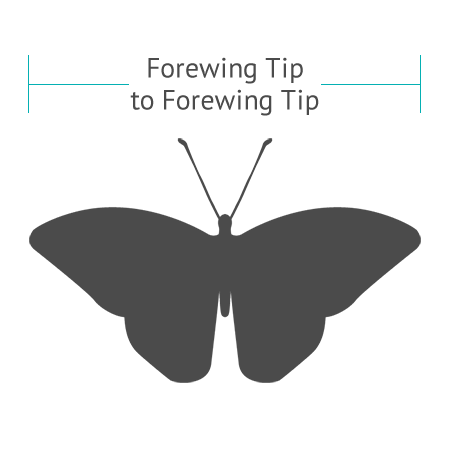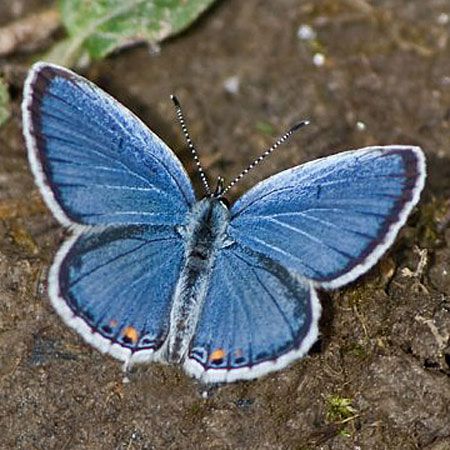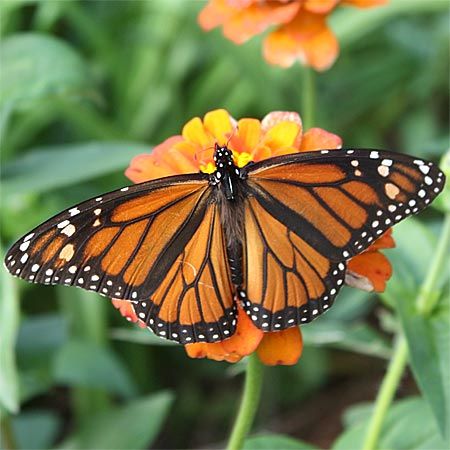Butterflies are famous for their beautiful flight, but their wings come in all sizes – some tiny, some huge! Some butterflies, like the petite Spring Azure, flutter with wings no bigger than a thumbnail. Others, like the majestic Giant Swallowtail, have wings that span nearly the width of your hand!
Butterfly wing size is another excellent clue that can help you identify these incredible creatures. So, let’s spread our wings and explore the world of butterfly wingspans!
Understanding Butterfly Size

A butterfly wingspan (size) is simply the distance between the tips of a butterfly’s fully opened wings. It’s like measuring how wide their wings can stretch! From tiny to tremendous, let’s discover the different wingspan categories you might encounter:

Small Butterflies (Under 2 inches): These butterflies are delicate and petite, their wings often measuring less than the length of your thumb. Look for the Eastern Tailed-Blue, a tiny butterfly with a surprisingly long tail, or the dainty Pearl Crescent, with its bright orange wings. Explore their miniature marvels in our Gallery of Small Butterflies.

Medium-Sized Butterflies (2-4 inches): These butterflies strike a balance between small and large, with wingspans similar to the width of your palm. The Monarch butterfly, known for its epic migration, falls into this category, as does the colorful Painted Lady, a frequent visitor to gardens and meadows. Discover more in our Gallery of Medium-Sized Butterflies.

Large Butterflies (Over 4 inches): Prepare to be amazed by these impressive butterflies with wingspans that can rival the length of your hand! The magnificent Giant Swallowtail, with its bold yellow and black pattern, and the regal Tiger Swallowtail, boasting striking stripes, are just a couple of examples. Witness their grandeur in our Gallery of Large Butterflies.
Butterfly Wingspan in Action
A butterfly’s wingspan isn’t just about looks—it also plays a crucial role in their flight and survival. Larger wings can help butterflies glide effortlessly on air currents, while smaller wings enable them to dart and maneuver quickly. Observing a butterfly’s wingspan in flight can offer valuable clues about its lifestyle and behavior.
Butterfly Observation
- Observation is Key: Pay attention to the butterfly’s size relative to familiar objects like leaves, flowers, or your hand.
- Compare and Contrast: Use our galleries to compare the wingspan of the butterfly you’re observing with known species.
- Consider the Habitat: Different habitats often attract butterflies with specific wingspan ranges. Research the typical butterflies in your area to narrow down your options.
Become a Butterfly Detective: More Identification Tips
Remember, wingspan is just one tool in your butterfly identification toolbox. Combine it with observations of wing shape, color, and patterns to become a true butterfly expert! So, grab your field guide, head outside, and let the adventure begin!
Share Your Discoveries!
We can’t wait to see the amazing butterflies you find! Share your photos on Facebook and connect with fellow enthusiasts to exchange knowledge and celebrate the beauty of these winged wonders. Enjoy your butterfly adventures!






